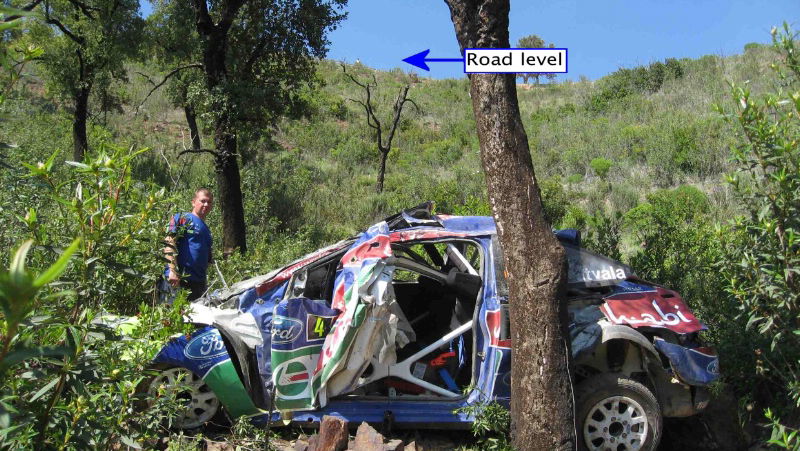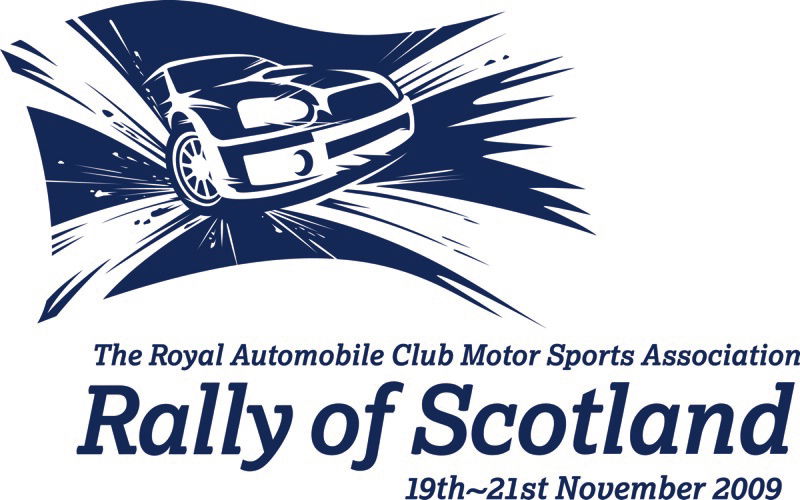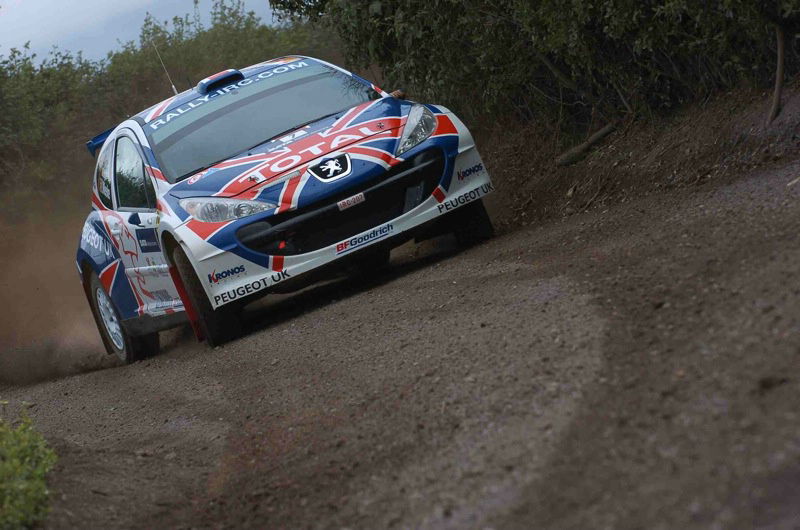Ford reveals results of Latvala crash test
A comprehensive internal report has revealed more details on how Jari-Matti Latvala and Miikka Anttila were able to escape injury in their dramatic accident during the Rally of Portugal.
The pair were leading the event at the wheel of their BP Ford Abu Dhabi Ford Focus WRC when they went off the road and rolled 200 metres down a hillside - although both driver and co-driver were able to escape unscathed.

A comprehensive internal report has revealed more details on how Jari-Matti Latvala and Miikka Anttila were able to escape injury in their dramatic accident during the Rally of Portugal.
The pair were leading the event at the wheel of their BP Ford Abu Dhabi Ford Focus WRC when they went off the road and rolled 200 metres down a hillside - although both driver and co-driver were able to escape unscathed.
The report, prepared by Latvala's engineer Tim Jackson, goes into detail about how the strength of the car had prevented any series injuries in one of the most dramatic WRC events in recent years - with some parts of the bodyshell even in a position where they can be rebuilt and used again later in the year.
"As horrific as this incident appears from the video recordings, the safety structure of the car performed excellently and precisely as designed in protecting the driver and co-driver," he said. "The use of relatively ductile materials such as T45 Steel for the roll-cage meant that the steady - but limited - deformation of the roll cage structure not only absorbed sufficient energy to protect the occupants, but also that the many undamaged areas of the body shell can be rebuilt and used again.
"The introduction of increased safety measures - both by regulation and design choice - have proved to be beneficial in the incident, meaning that the driver and co-driver were both able to walk away uninjured."
Data showed that the accident, 9.1km after the start of the fourth stage, began when 24-year-old Latvala began to brake on a crest which hid a left-hand corner.
First the rear and then the front of the Focus RS WRC hit the bank on the inside of the corner, flinging the car over a roadside barrier and down the hillside, gathering momentum as it barrel-rolled. The bonnet and tailgate became detached while Latvala's door opened and was crushed during the rolls.
The car stopped rolling when it hit a tree, without which it is expected the accident would have continued for a further 50 metres. The incident lasted 19.8 seconds with the car completing twelve full rolls. Despite the violence of the crash, the report reveals that the shape of the cockpit area was 'maintained excellently'.
"Basic measurements show that there was no deformation into the cockpit of the main roll hoop joint," Jackson continued. "The A-pillar and door bar roll cage structures remained virtually undamaged on both sides of the car with only very small deformations evident. The main hoop tube, located close to the B-pillar buckled slightly on the driver' side whilst the C-pillar body panel structure, unsupported by roll cage tubes, flattened to a shallower angle. However, none of these was sufficient to pose a danger to the crew."
Both Latvala and Anttila were using the FIA safety seat, introduced into the Focus RS WRC in October 2008 and mounted into the car using M-Sport designed aluminium brackets which exceed minimum safety requirements.
"Following the incident the seats and mounting brackets on both driver and co-driver sides are in visibly in 'like new' condition showing that these extra safety measurements were beneficial," said the report.
In addition to its immensely strong roll cage, the Focus RS WRC is equipped with a raft of safety features including built-in fire extinguishers and rupture proof fuel tanks. More recent safety enhancements include the use of door-mounted safety foam to add protection in side impacts.
Each Focus RS WRC is now tracked with GPS, allowing emergency services precisely to pin-point crash locations and respond faster. Both driver and co-driver wear flame retardant overalls, gloves and hoods. F1-style Head And Neck Safety (HANS) devices are now also mandatory, reducing the risk of whiplash injury.
"We are constantly striving to find ways to make the sport safer and we have made significant progress in recent years," said BP Ford Abu Dhabi technical director Christian Loriaux. "One area in particular we have concentrated on is side impact protection. We've moved the driver and co-driver's seats closer to the centre of the car, away from the doors, and we've added an extra crash beam inside both sills. There is no doubt that this has made a huge difference to occupant safety."
A range of safety systems from the WRC machine have carried over to the Focus road model, which has allowed the car to secure a five-star EuroNCAP rating and Ford of Europe motorsport director Mark Deans admitted the company was always keen to take the knowledge it gain from its motorsport activities into the road-car environment
"The Focus RS WRC is a tremendously strong and robust vehicle and these qualities are reflected across the entire Focus family," he said. "Motorsport is all about pushing boundaries and the World Rally Championship is the ultimate proving ground for safety technology. The learning that comes from these vehicles and the feedback our engineers get from the cars is invaluable when developing the next generation of Fords for our customers."

